There are many ways SaaS companies can use visual social proof to attract users.
In this article, we are going to:
- Dive into the meaning of social proof
- Discuss the different types of social proof
- Explain the importance of providing visual social proof online
- Provide examples of successful SaaS companies that use visual social proof
- Elaborate on the effect that visual social proof can have on users
Let’s get into it.
What is visual social proof?
Social proof was a term first used in the 1984 book, Influence: The Psychology of Persuasion. The book says social proof is one of six key principles of persuasion and influence in marketing.
Social proof is when someone is unsure of the best behavior in a situation, so they draw clues from others.
In business, social proof is when people are more likely to buy something if others already have.
A great example of social proof in the past is the use of canned laughter in comedy shows and TV series.
Nowadays, social proof is all over platforms like Facebook, Twitter, YouTube, and Instagram. Influencers, bloggers, and others use their follower count as a form of social proof. They attract an audience by showing that a large group of people already follow them.
Why visual social proof matters to SaaS businesses
When you see product reviews and customer testimonials on a website, that’s also social proof.
And, it’s extra powerful if you incorporate visuals—like logos, customer photos, or compelling graphics.
Here’s a great example of visual social proof from HubSpot:
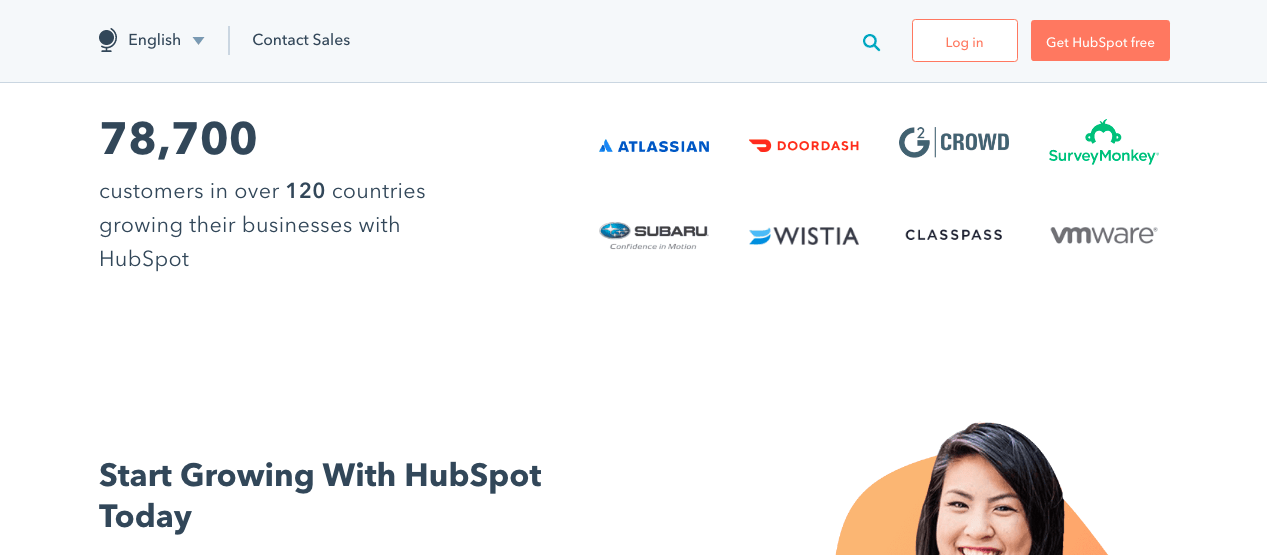
Source: HubSpot
When it comes to SaaS, sharing information about who uses your product makes it more desirable. This in turn can increase conversions.
This is a psychological phenomenon and the truth is that most of us can’t resist it. So, using social proof is a great way for SaaS businesses to increase users and grow.
And, visuals are one of the most impactful types of social proof. Payman Taei, Visme’s founder and CEO, writes that the best way to apply social proof is with visuals.
This is because people tend to favor visuals over other forms of social proof as they’re much more interesting to the eye.
Let’s look at six ways in which SaaS businesses can and do often use visual social proof effectively. (Note in particular where we’ve called out areas in red in the following examples.)
Method #1: Recommendations by industry experts
As social proof is all about “word of mouth,” sharing reviews from industry experts can be powerful.
A good example of this comes from SEO tool Ahrefs.
Take a look below at how Ahrefs uses visual testimonials from leading experts:
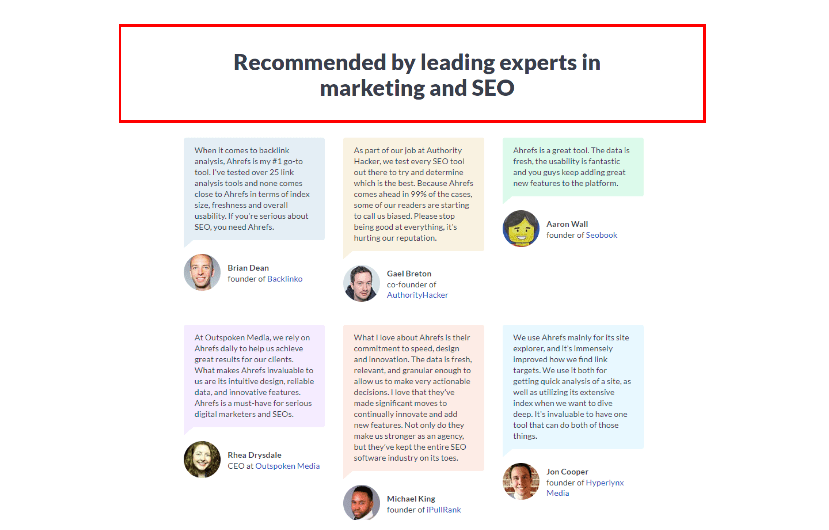
Source: Ahrefs
Visual testimonials from experts like SEO expert Brian Dean give the company credibility:
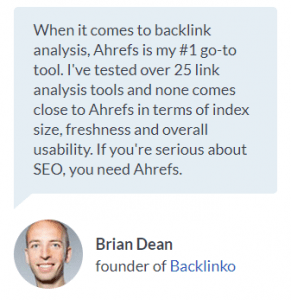
Source: Ahrefs
The testimonial is short and sweet, making it clear that this tool is a must-have.
Here’s another example of the power of using reviews by industry experts here at Canny:

Source: Canny case studies
A short but effective visual testimonial from Ahrefs CMO Tim Soulo. You can read the whole case study here.
When experts give their stamp of approval, they help to influence potential buyers.
Method #2: Number of users
The second method of using visual social proof is to provide the number of users.
Any SaaS company can make the point that they provide the best service or the most helpful SaaS tool.
But by providing visual evidence around your user volume, you take those points to a whole new level. Viewers can now measure and compare a company’s efficiency and performance.
Visme shows the number of people using their infographic tool around the world:

Source: Visme
Viewers visiting the website come across this fantastic piece of visual social proof.
The service’s popularity—over 4.5 million users are currently using it—confirms the tool’s quality.
Drift also dedicates a large amount of space on their homepage to showcasing their users and companies:

Source: Drift
Drift also showcases the number of users as a form of social proof all across the website:

Source: Drift
It can be exciting for potential customers to see that over 50,000 businesses are already using a tool. This makes website visitors that much more likely to gain interest.
For that reason, Drift also uses the power of social proof at the end of the homepage as a reminder to all visitors:
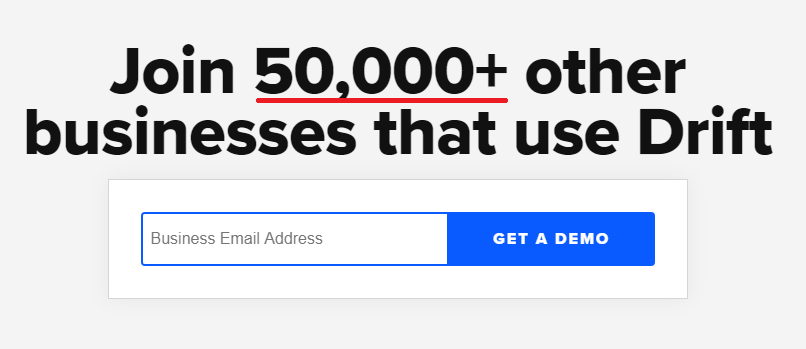
Source: Drift
Basecamp likewise uses the power of visual social proof in a highly effective manner.
Instead of sharing data about all users, they display the number of users who have signed up that week:

Source: Basecamp
It’s important for the user to see that a significant number of users have signed up before them.
Over 4,500 users signed up during the last week, meaning that almost 700 users are signing up for the tool every day.
On the same page, the viewer finds a nice timeline providing even more visual social proof:
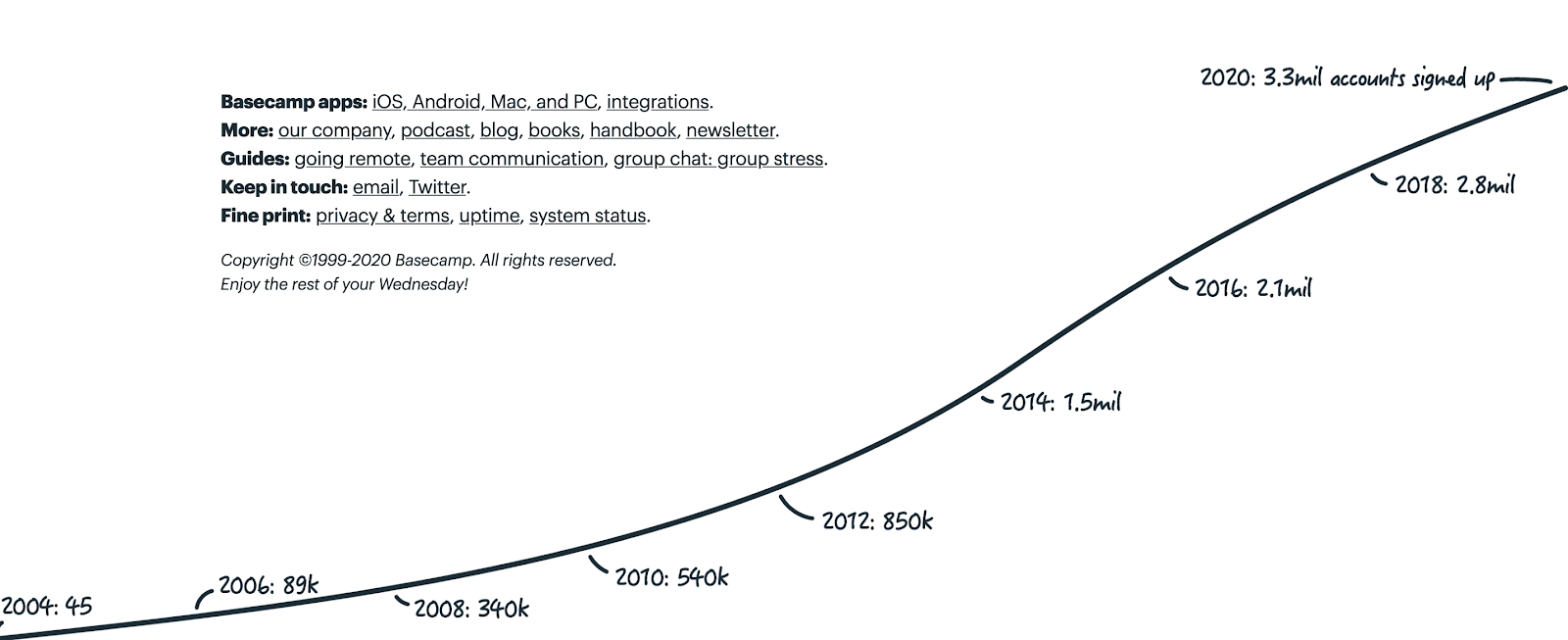
Source: Basecamp
This timeline is both eye-catching and easy to read. The numbers are clear and the viewer gets information about the tool’s growth over the last 16 years.
Potential customers can see that the tool has grown from 45 accounts to over 3.3 million of them. And this is depicted visually, boosting the company’s credibility.
In other words, the timeline above makes it more likely that more new users will sign up for the service.
Method #3: Trust badges
A trust badge is an icon that’s usually placed on the landing or homepage that instills trust. These badges help companies provide evidence of their credibility.
For example, Hotjar uses their homepage to provide proof of integrity in the use of personal data:

Source: Hotjar
It’s important that a potential customer knows a SaaS company isn’t misusing user data.
Hotjar takes this a step further by explaining their relationship with data management.
They’ve placed GDPR and CCPA badges on their homepage as a form of visual social proof:

Source: Hotjar
Moosend is another example of how trust badges can be used as a form of visual proof.
They use a trust badge in relation to messaging and malware:
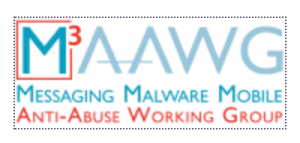
Source: Moosend
Email marketing can often feel spammy and irritating. So, an anti-spam trust badge is important to the company’s integrity and credibility.
So, Moosend showcases their fight against spam with an M3AAWG badge. This is a great way to encourage trust from their users.
Method #4: Integrations with popular SaaS companies
Integrations help show that customers can use your product with a variety of other tools. And, they are inherently strong visual social proof, as customers will be able to easily spot the logos of the other tools they’re currently using.
So, showcasing your integrations visually can be an effective form of visual social proof in itself.
Drip makes it loud and clear that integrations are an important feature of their product. Not only do they include a link to their integrations in their top-level navigation menu, they also provide a search engine for users to take advantage of.
So if someone needs an integration with Shopify, for example, they can immediately find out if one exists:
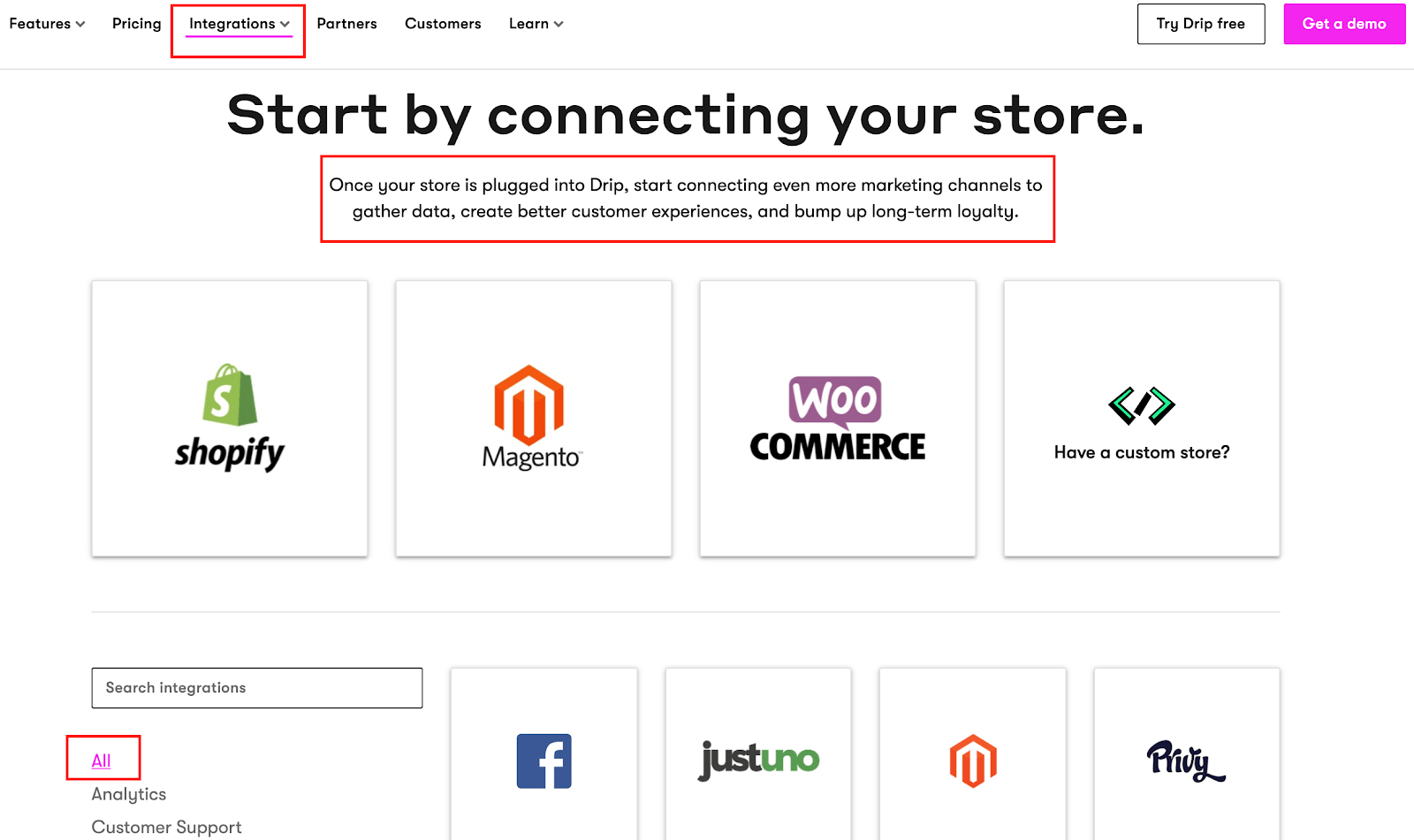
Source: Drip
In fact, integrations are so important that Drip allows users to suggest future ideas.
Another example can be seen on Uscreen’s homepage.
Take a look at how they show which platforms their service works with:

Source: Uscreen
The more integrations and capabilities a tool has, the more credible it can seem to potential customers.
Method #5: User testimonials and case studies
The fifth method SaaS companies should apply is user testimonials and case studies.
Users will be more motivated to try a service that has already proven to be helpful for others.
We already talked about sharing information about current users. But it’s also a good idea to share reviews and case studies from past users as well.
For example, at the bottom of the Sitebulb homepage, we see this:
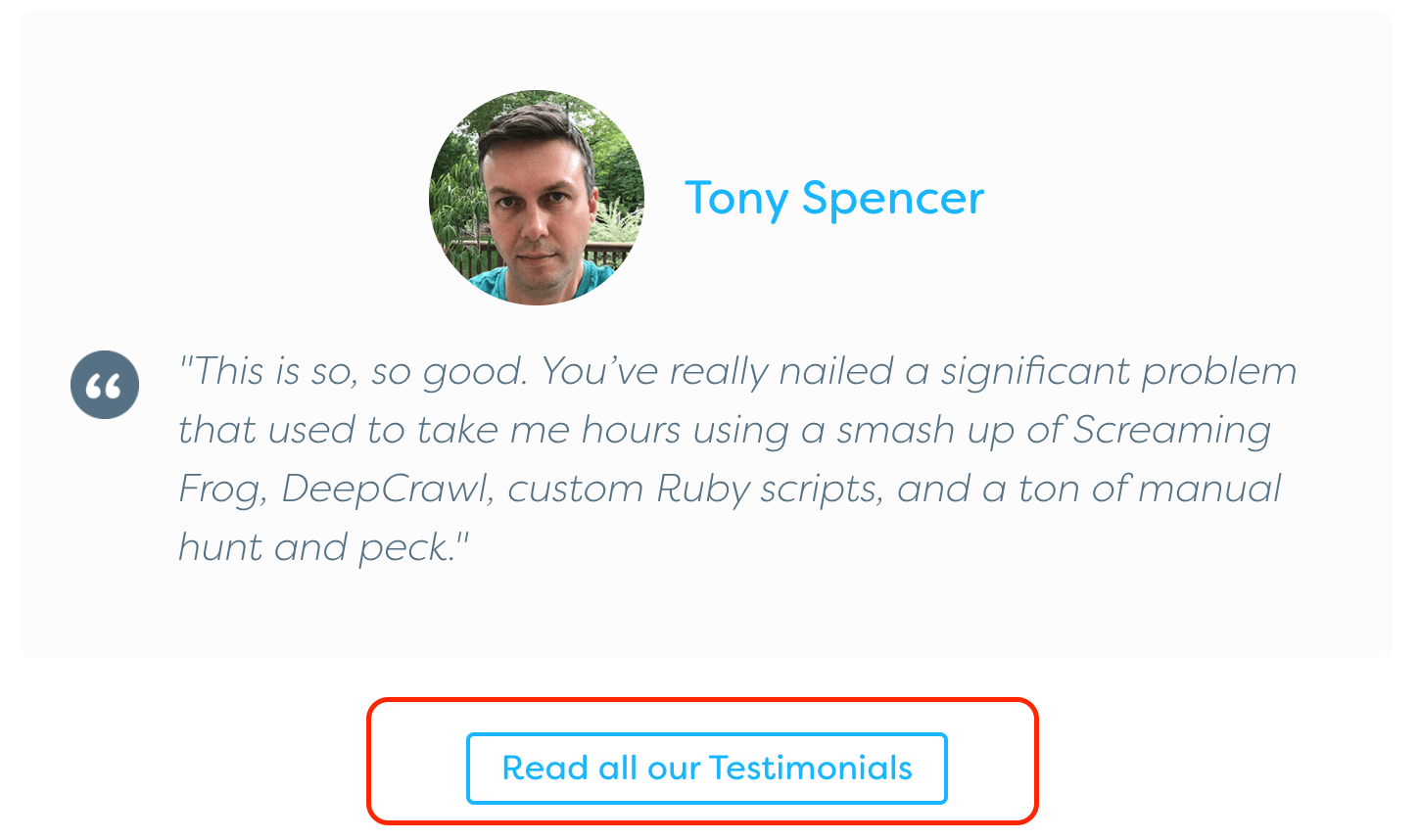
Source: Sitebulb
Visitors find testimonials to help them decide whether the company is right for them.
Sitebulb’s full testimonials page includes more visual social proof:
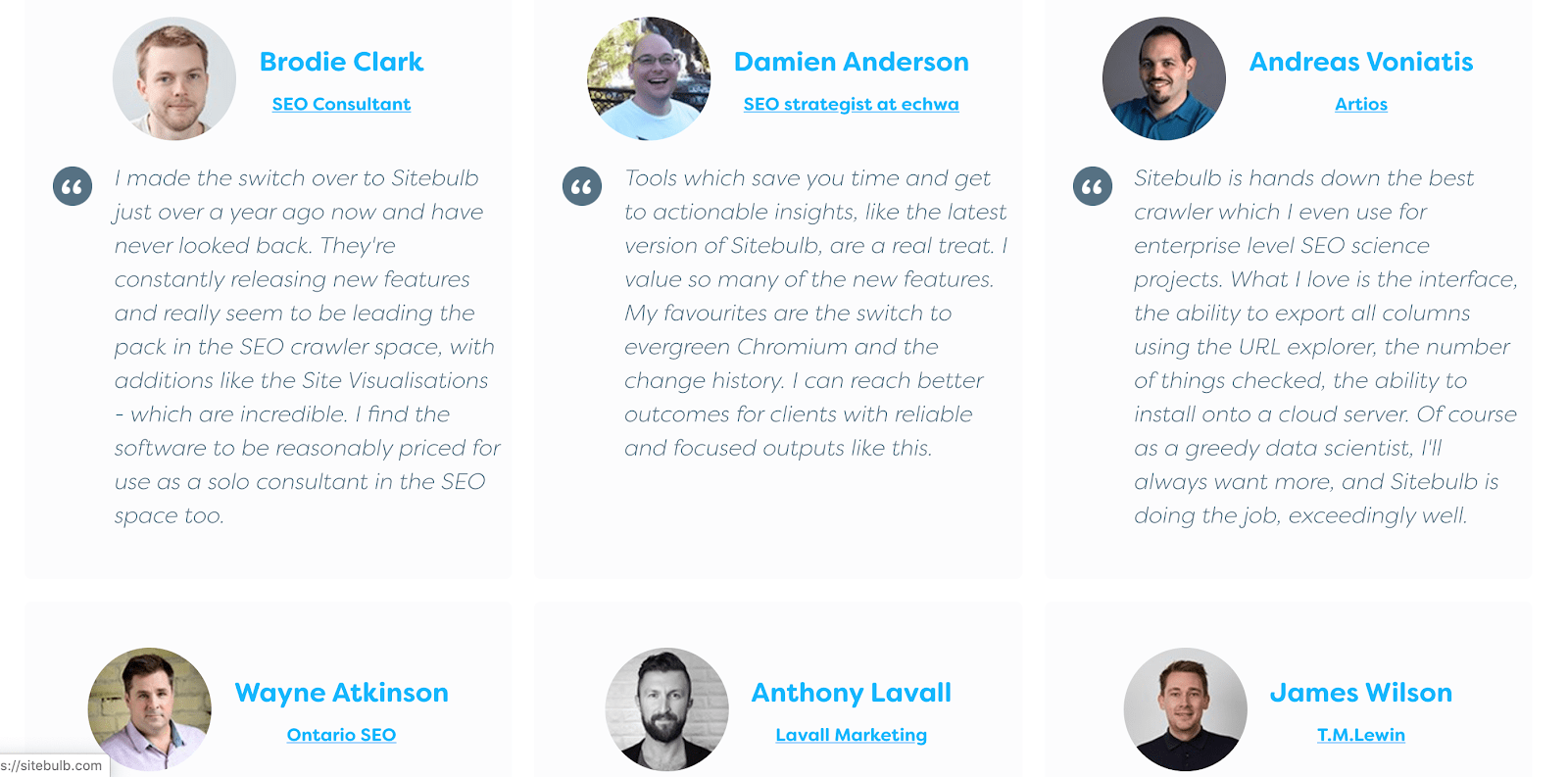
Source: Sitebulb
The number of testimonials is impressive and influences potential customers to sign up.
Moving on to case studies, we can take a look once more at Drift:
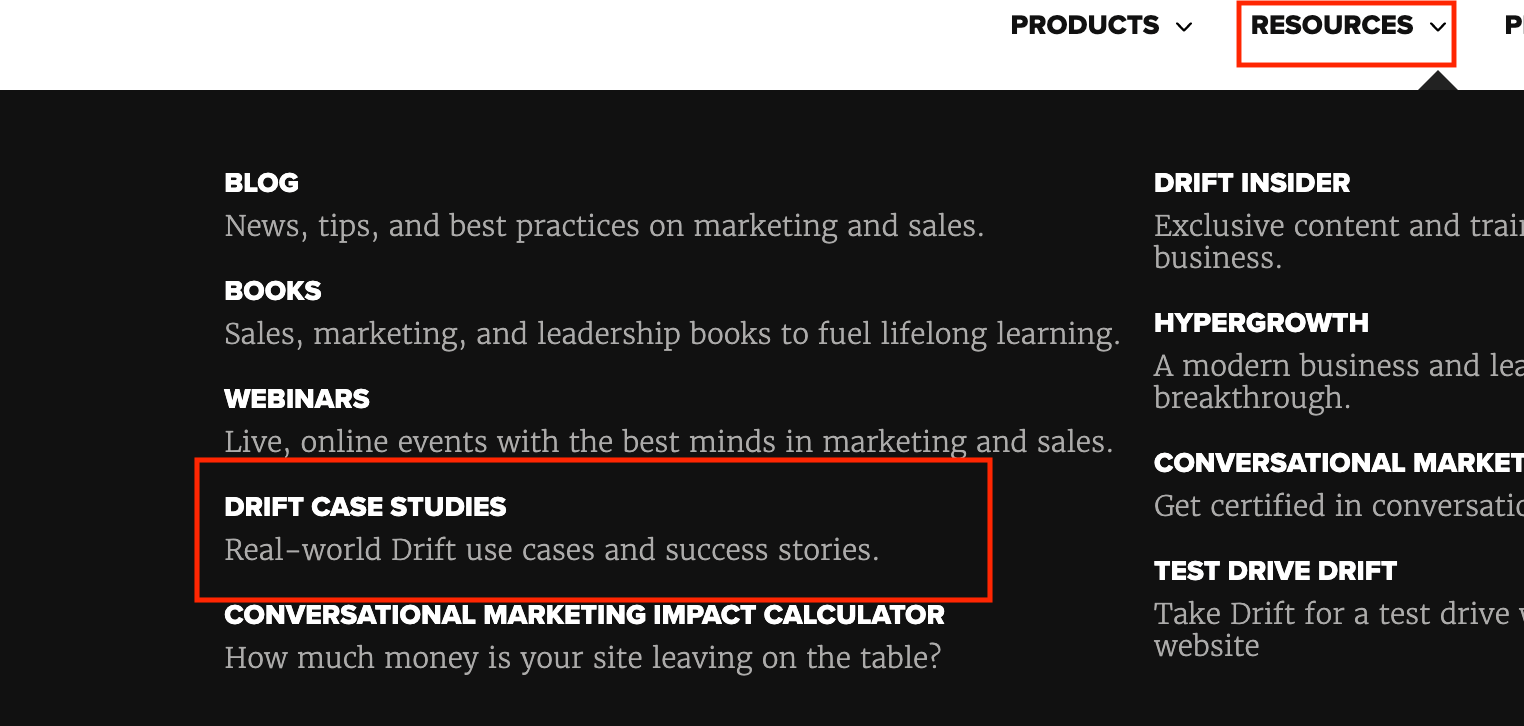
Source: Drift
Drift created a beautiful page to present their case studies in an easy to read and eye-catching way:

Source: Drift
The page also provides information on individual case studies:

Source: Drift
Notice how Drift uses their case studies to share positive results from their users.
Method #6: Review sites
Providing evidence that you have a good rating can build trust with your customers.
LearnWorlds’ website uses visual social proof from review sites in two clever ways.
First, they share user reviews from popular review sites like G2 and Trustpilot on their homepage:
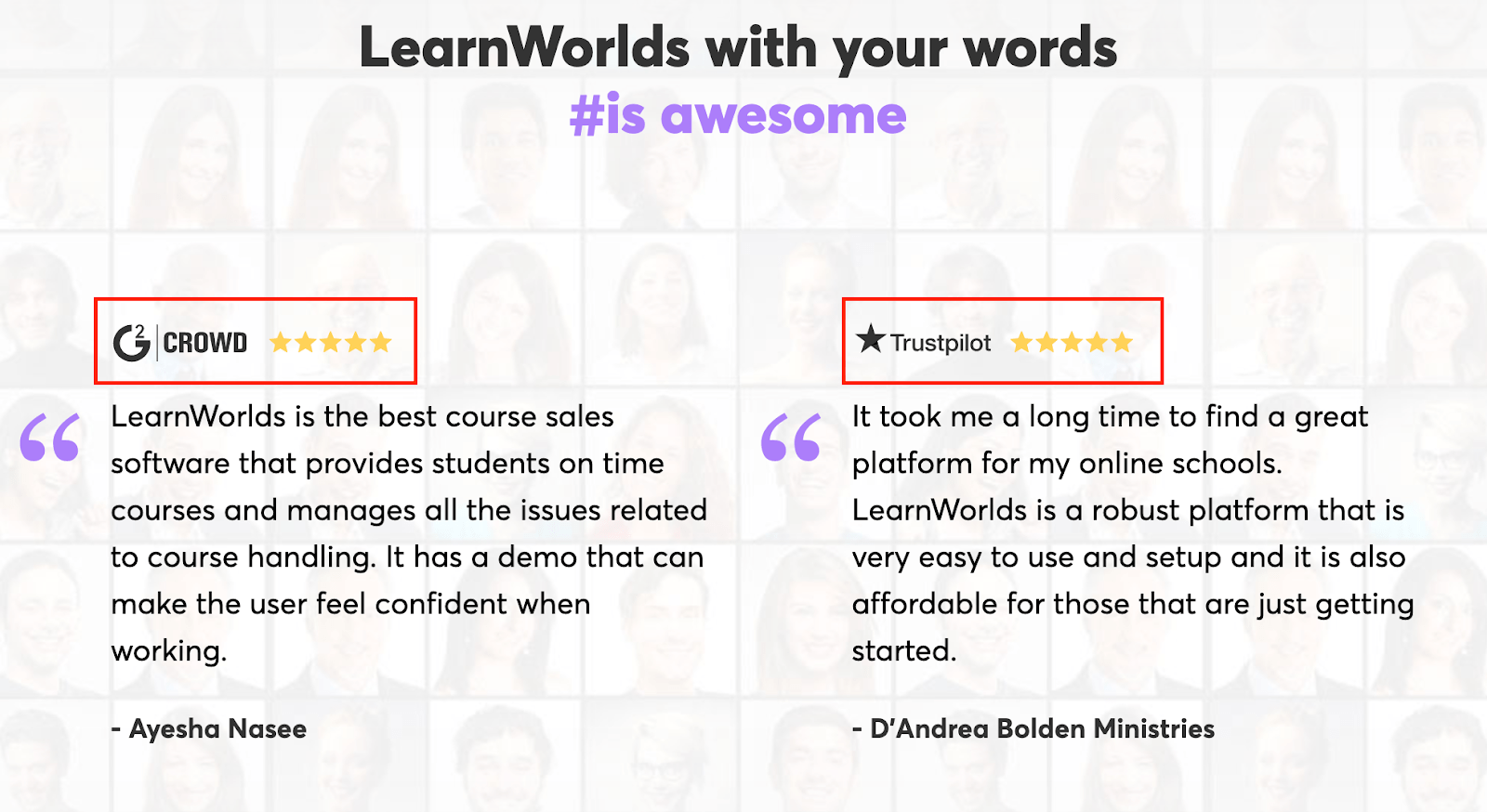
Source: LearnWorlds
Second, they collect reviews from top sites and make them visible, playful, and easy to find:
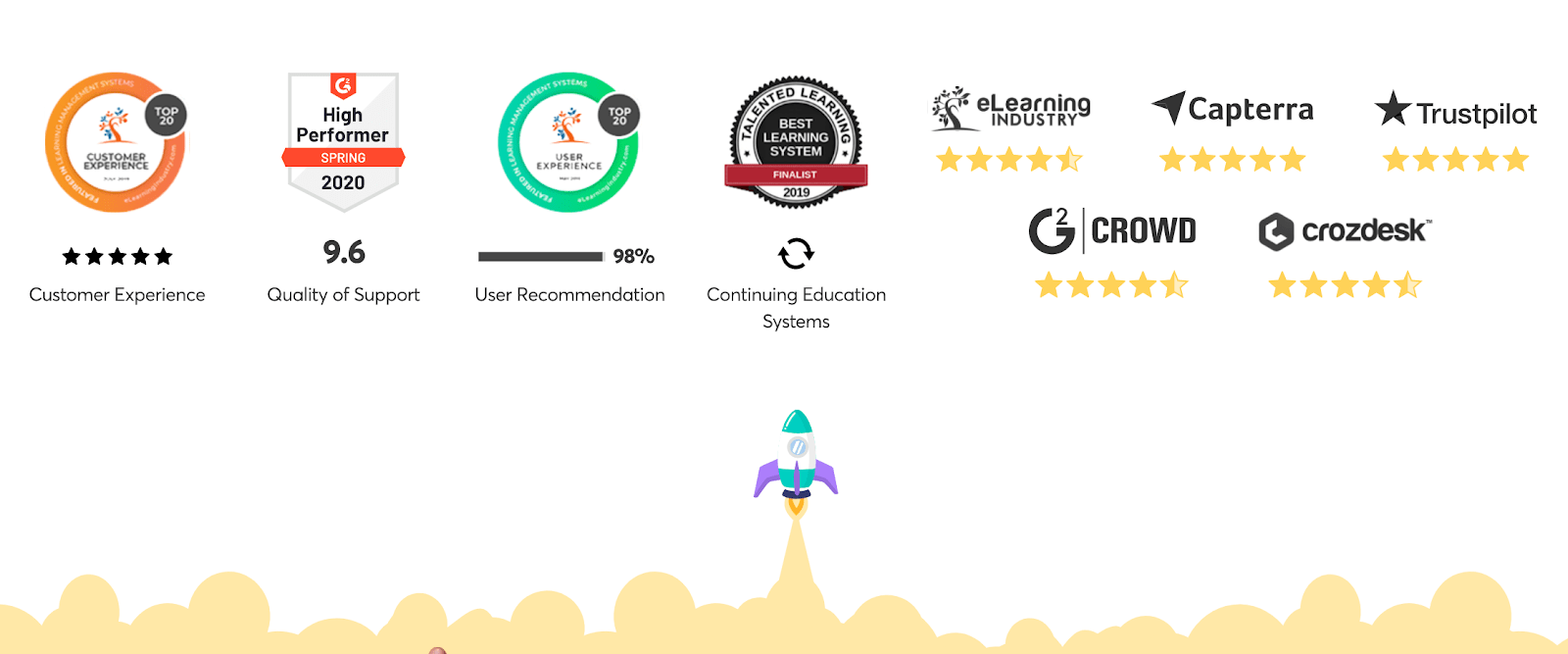
Source: LearnWorlds
Placing review site icons on your website proves to customers that they can trust you. It’s a great way to display the quality of your product.
Wrapping up
As you can see, there are many ways of using visual social proof to grow your SaaS business.
Visual social proof can also help in being direct about your product’s capabilities. Showcasing valuable social proof information upfront helps customers to better understand your product.
Simply put, visual social proof makes your business’ growth easier and more effective. Good luck!






